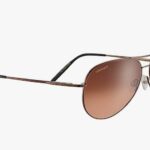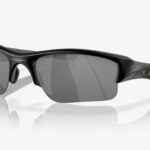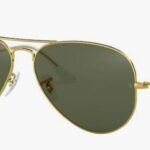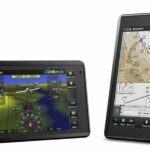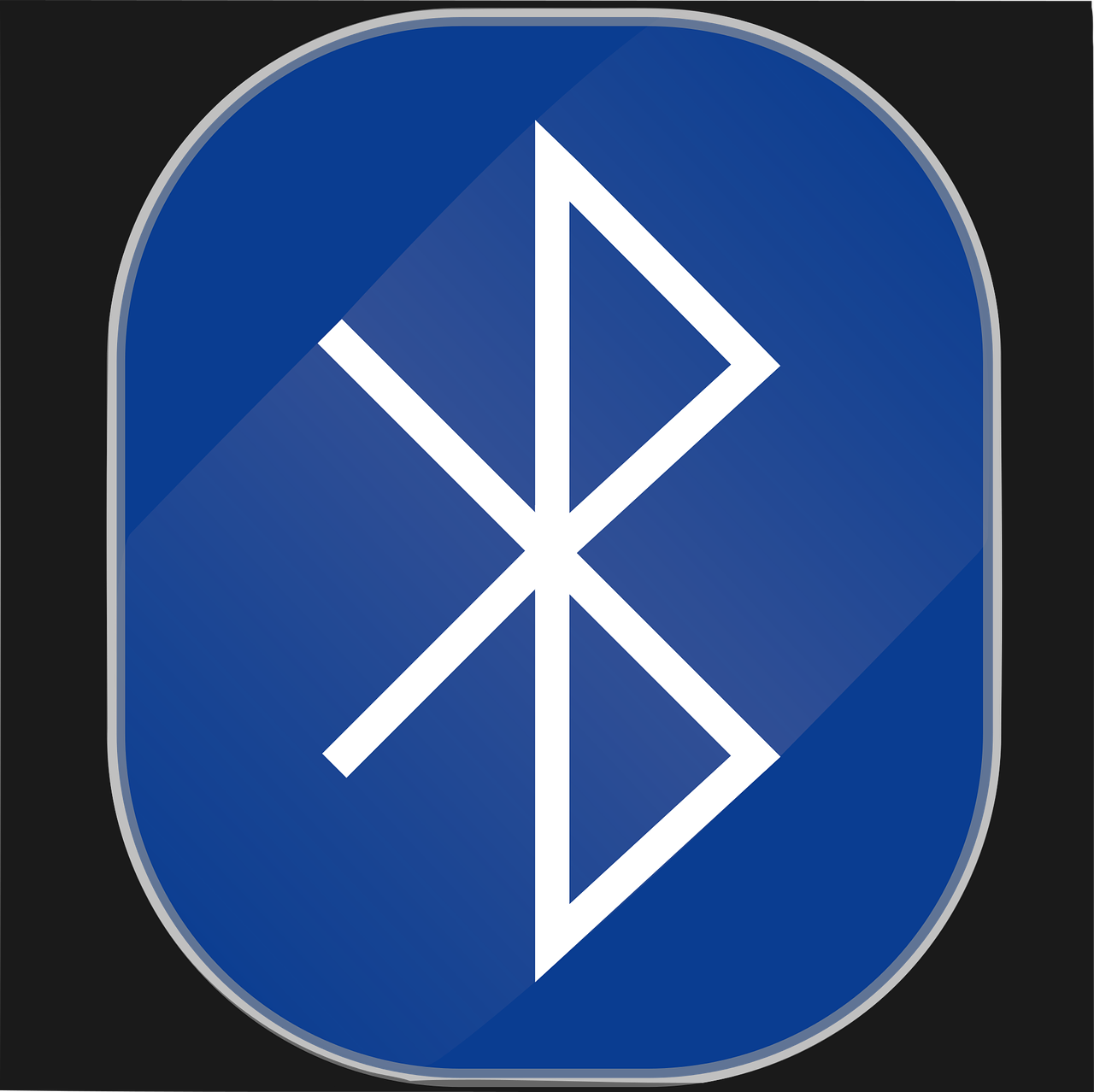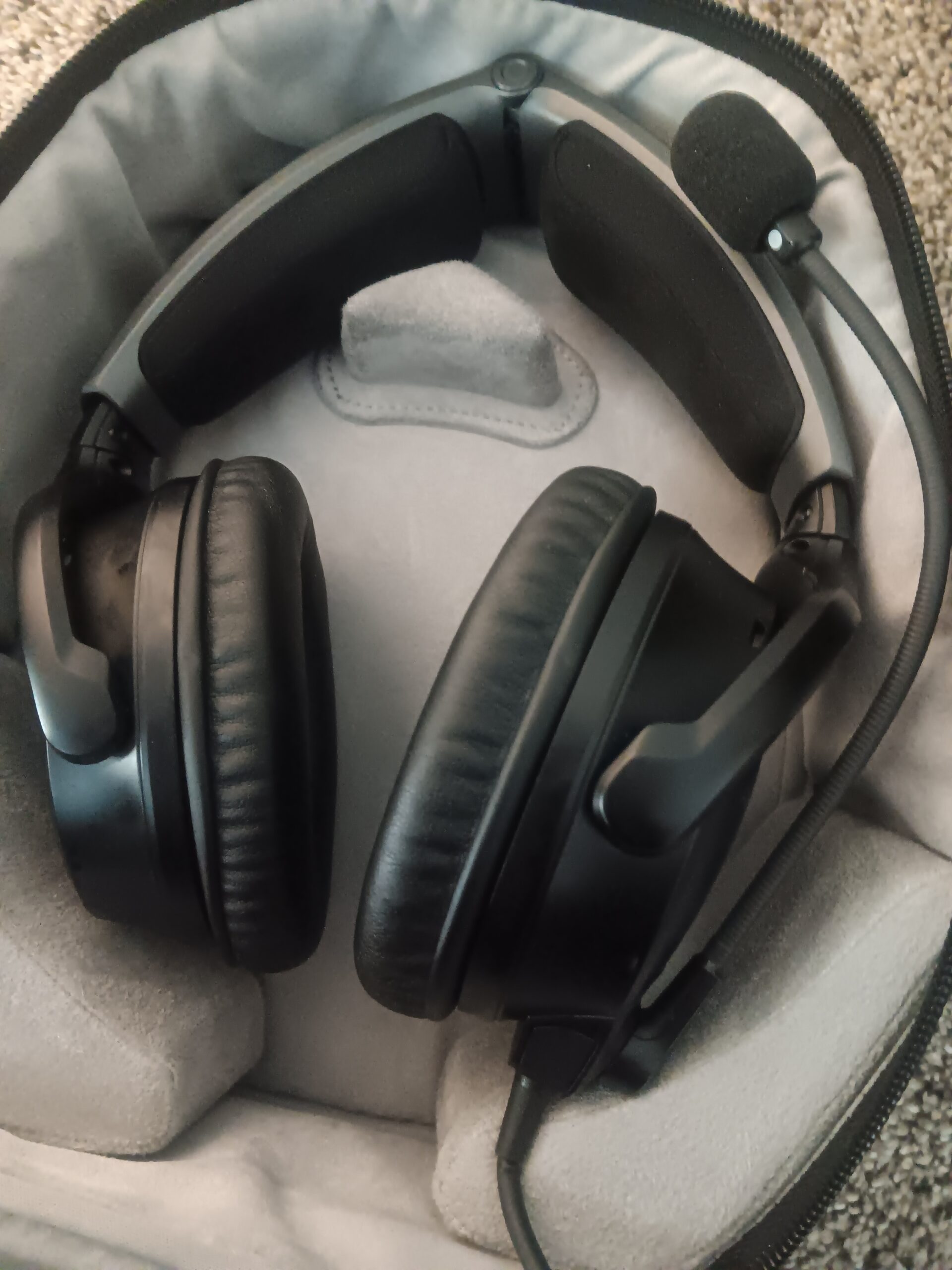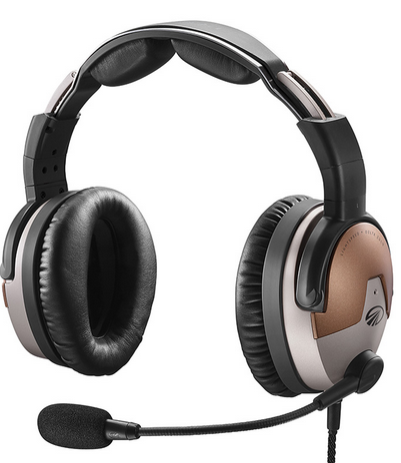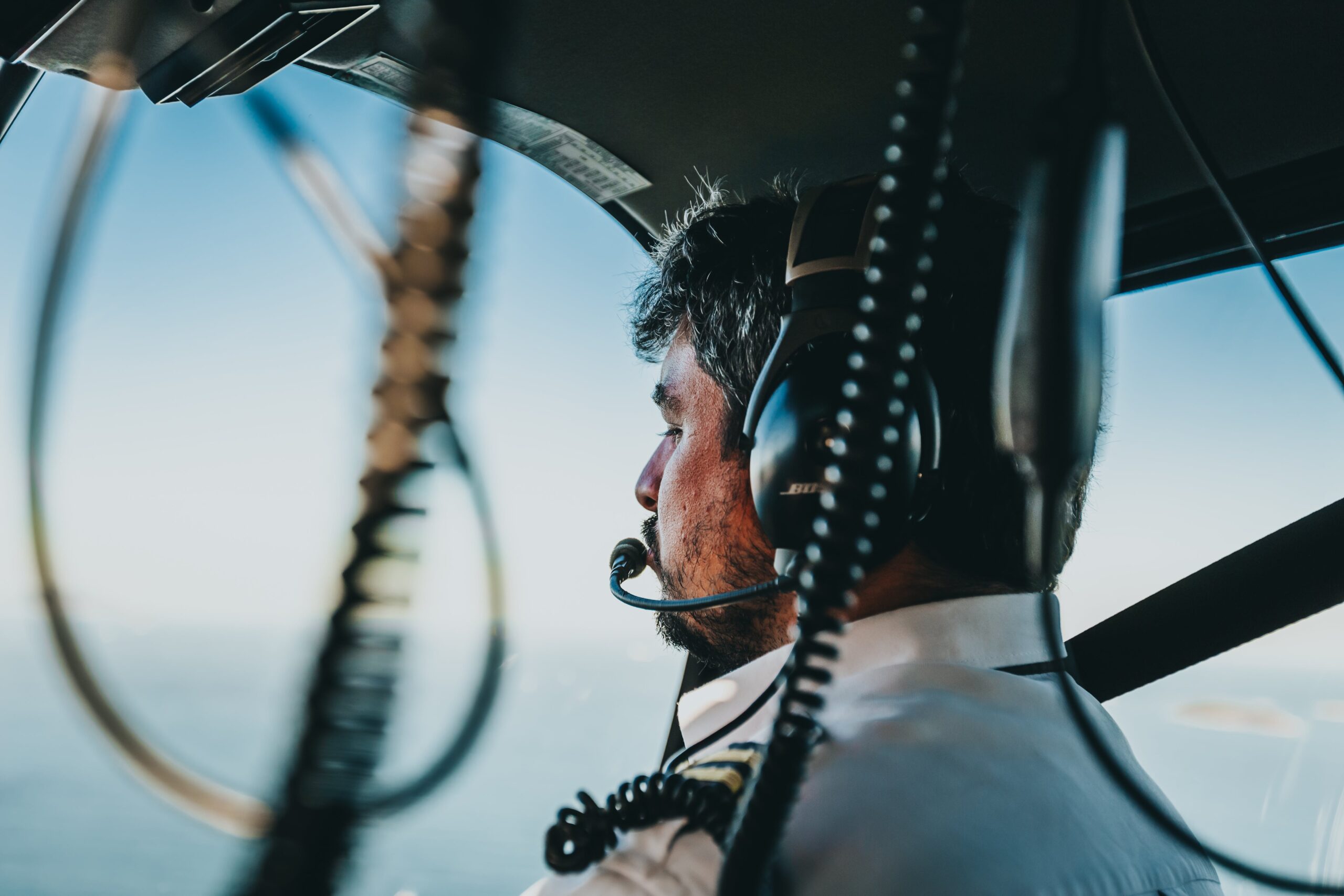As a pilot, you know the value of clear communication. You also understand that comfort during long flight hours is not just a luxury; it’s essential. This is where Bluetooth pilot headsets come into play, combining the latest technology with the ergonomics required for extended wear.
The rise of Bluetooth headsets in the aviation world has been a game changer, since they give pilots the freedom to easily connect with their devices. With the integration of Bluetooth, pilots can now seamlessly connect with their smart devices for communication or entertainment, all while staying alert to the critical sounds of the aircraft and air traffic control.
This freedom and streamlined connectivity also come with advanced noise reduction features. Headsets equipped with Bluetooth are innovating on all fronts: they reduce cockpit noise, provide crystal-clear audio for communication, and deliver rich, stereo music when desired. They’ve become a testament to how technology can enhance the art of flying.
The following section will introduce one standout model, the Lightspeed Delta Zulu. You’ll discover how its engineering expertise and focus on comfort make it a frontrunner in Bluetooth pilot headsets.
Spotlight on Lightspeed Delta Zulu: Engineering and Comfort
The Lightspeed Delta Zulu stands out with its fusion of design and comfort — key factors for pilots who spend long hours in the cockpit. The headset tips the scales at just 14.9 ounces, and every ounce matters when you’re wearing it for extended periods. This lightweight design does not compromise on durability. Built from a combination of stainless steel and magnesium, the headset is made to withstand the rigors of daily flight operations.
A key highlight is the headset’s low-profile comfort. Lightspeed has crafted a stainless-steel headband that conforms to the head’s natural curvature. Such a design evenly distributes weight, reducing the side pressure that can cause discomfort during longer flights. This feature is particularly crucial for pilots who often struggle with the bulky feeling of traditional headsets.
But it’s not just about the headband. The Lightspeed Delta Zulu introduces tapered performance ear seals. These seals are specifically contoured to align with the jaw, creating an ergonomic fit that enhances both comfort and acoustic clarity. They are considerate of pilots who wear glasses, ensuring that eyeglass frames do not interfere with the seal or comfort.
In addition to comfort, the Delta Zulu delivers on noise cancellation. It features advanced active noise reduction (ANR) that effectively diminishes low-frequency cockpit noise, enhancing the clarity of incoming communications. The magnesium ear cups also play a pivotal role by blocking out distracting high-frequency noise. Both these acoustic features are essential for maintaining focus and minimizing fatigue.
Communication is just as important as comfort, and the Delta Zulu doesn’t disappoint. It includes a Dual Aperture Disc microphone that affords greater noise cancellation, ensuring that every word transmitted is crystal clear. Whether in a solo flight or coordinating with a crew, this level of audio clarity is vital for safety and coordination.
Key Features of the Lightspeed Delta Zulu
The Lightspeed Delta Zulu headset isn’t simply about passive comfort; it’s engineered with features that actively enhance the flying experience. Let’s begin with the Bluetooth technology which isn’t just a convenience but a necessary lifeline for pilots needing uninterrupted, hands-free communication. The A2DP technology is the cornerstone that allows for crystal-clear cell phone communications and high-fidelity music streaming. For the modern aviator, this packs a powerful punch for staying connected, both personally and professionally.
There’s an intelligent design at play with Lightspeed’s patented ComPriority function, which solves a common pain point for pilots—the juggling act between auxiliary audio and essential flight comms. When radio or intercom signals are detected, the headset automatically dims the volume of background audio from connected devices, ensuring pilots don’t miss critical aeronautical communications. Once the transmission ends, the music or auxiliary audio fades back in smoothly, a detail that adds an elegant touch to the user experience.
In terms of durability, the Lightspeed Delta Zulu comes out strong, with construction that lends itself to withstanding the rigors of frequent flying. Almost entirely made of high-strength stainless steel and magnesium, along with cables fortified with a Kevlar core, this headset is constructed to go the distance. For any pilot considering their gear an investment, the resilience of the Delta Zulu means fewer replacements and repairs over the years.
Attention to utility doesn’t end with just the build of the headset. Lightspeed understands the needs of a pilot go beyond just the flight. That’s why each Delta Zulu comes with a thoughtful array of accessories including a carrying case, varying power cables and adapters, a shirt clip, and even personalized icon chips—perfect for pilots with multiple headsets looking to easily identify their gear. And to stand by their quality, a 7-year limited warranty underpins the promise of a reliable, long-lasting product.
Transitioning to how the Delta Zulu holds up against its competitors demands a closer look at the finer details of what a pilot needs from their headset. In the next section, we’ll compare two other leading contenders in the Bluetooth pilot headset market—the Bose A30 and the Clarity Aloft Link—and see how the Delta Zulu measures up in terms of features, comfort, and value.
Comparing Top Contenders: Bose A30 and Clarity Aloft Link
Switching our attention to other high-performing headsets in the market, the Bose A30 and the Clarity Aloft Link each offer features that cater to specific pilot preferences. When pilots shop for a cutting-edge aviation headset, they weigh the benefits against the cost to determine the best value for their individual needs.
The Bose A30 stands out for its sophisticated noise cancelling capabilities and around-ear, circumaural design. The headset is engineered to provide an immersive audio experience, thanks to its advanced noise control. Adjustable settings allow users to tailor the sound to their liking, maximizing the utility of the noise cancelling and echo reduction features.
On the other hand, the Clarity Aloft Link appeals to those seeking a fusion of lightweight design with the convenience of Bluetooth functionality. This model is particularly suited for pilots who prioritize a minimalistic approach without sacrificing audio quality or connectivity. At a significantly lower price point of $850, it’s an option worth considering for cost-conscious aviators.
The price factor plays an important role in the decision-making process. While the Bose A30 may boast more robust features, its $1299 price tag positions it at a premium level. Pilots must determine if these additional enhancements justify the higher investment compared to the practical and economical Clarity Aloft Link.
David Clark ONE-X: A Blend of Comfort and Innovation
Finally, there’s the David Clark—another prominent name in aviation headsets—ONE-X which combines comfort and technological innovation. The ONE-X holds its own in this competitive headset landscape presents a compelling case for its asking price of $995.
In the realm of Bluetooth pilot headsets, the David Clark ONE-X stands out with its exceptional blend of comfort and technological innovation. Offering Hybrid Electronic Noise Cancellation with advanced feed-forward and feed-back technology, the ONE-X provides best-in-class active noise reduction. Digital Signal Processing (DSP) ensures high-fidelity audio for superior communications and music listening.
The Bluetooth wireless technology integrated into the ONE-X provides seamless connectivity for connecting to cell phones, MP3 players, tablets, or other smart devices. The stereo/mono switch makes it compatible with all aircraft audio panel configurations. The M-55 electret microphone with enhanced noise cancelling ensures clear communication even in challenging environments.
Constructed with a rugged yet lightweight alloy headband and suspension system, the ONE-X is adjustable for a personalized fit. The low-profile, Outlast fabric head pad with a vented design absorbs excess heat to keep you cool and eliminates ‘hot spots.’ Over-the-ear, leatherette ear seals with slow recovery foam cradle the ears in comfort and provide a snug, secure seal.
The ONE-X features a compact, in-line control module with a backlit, touch-key user interface for easy operation. The control module covers On/Off, Bluetooth wireless technology, and volume control. Powered by two AA batteries, the control module offers up to 50 hours of use. The collapsible, folding design allows for compact storage in the David Clark headset bag, which is included.
As we evaluate the David Clark ONE-X in the context of its competitors, it becomes evident that this headset brings a unique set of features to the table. The Hybrid Electronic Noise Cancellation technology, along with the advanced microphone and durable construction, positions the ONE-X as a strong contender in the Bluetooth pilot headset market.
Final Thoughts on Selecting the Right Bluetooth Pilot Headset
Choosing the perfect headset is a critical decision for any pilot. After evaluating the various features, benefits, and price points of the Lightspeed Delta Zulu, Bose A30, Clarity Aloft Link, and David Clark ONE-X, it’s clear that each model offers unique advantages depending on individual needs and preferences.
The Lightspeed Delta Zulu stands out with its robust construction and comprehensive 7-year warranty, appealing to those who prioritize longevity and rigorous use. It also provides an array of smart features like ComPriority and Auto Shutoff, aligning with pilots who seek advanced functionality.
Meanwhile, the Bose A30 might be preferable for aviators who are specifically looking for top-tier noise cancellation technology and are willing to invest a little more. On the other hand, the Clarity Aloft Link caters to the budget-conscious without compromising on quality, especially for pilots requiring a more lightweight option.
The David Clark ONE-X combines high-fidelity audio, exceptional noise reduction, and superior comfort, making it an excellent all-rounder. It may just be the best fit for those who need a balanced mix of features allied with comfort for extended use.
In conclusion, the best aviation headset for you depends on a mix of factors including budget, feature preferences, comfort, and the specific environment in which you pilot. Take the time to weigh these factors against what each headset offers. Remember, your choice should enhance your flying experience not just through superior technology but also by marrying comfort and convenience seamlessly with your in-flight routine.
I encourage you to reach out to suppliers, read reviews, and, if possible, test the headsets personally before making your investment. After all, when you’re flying high, you want to ensure your communications are clear and your focus is sharp—your headset plays a pivotal role in achieving that. Enjoy blue skies and safe flights with your choice of headset!
Full transparency: This website contains affiliate links. This means if you click a link and make a purchase, we may receive a small commission. Don’t worry, there’s no extra cost to you. It’s a simple way you can support our mission to find and recommend the best gear for pilots!

